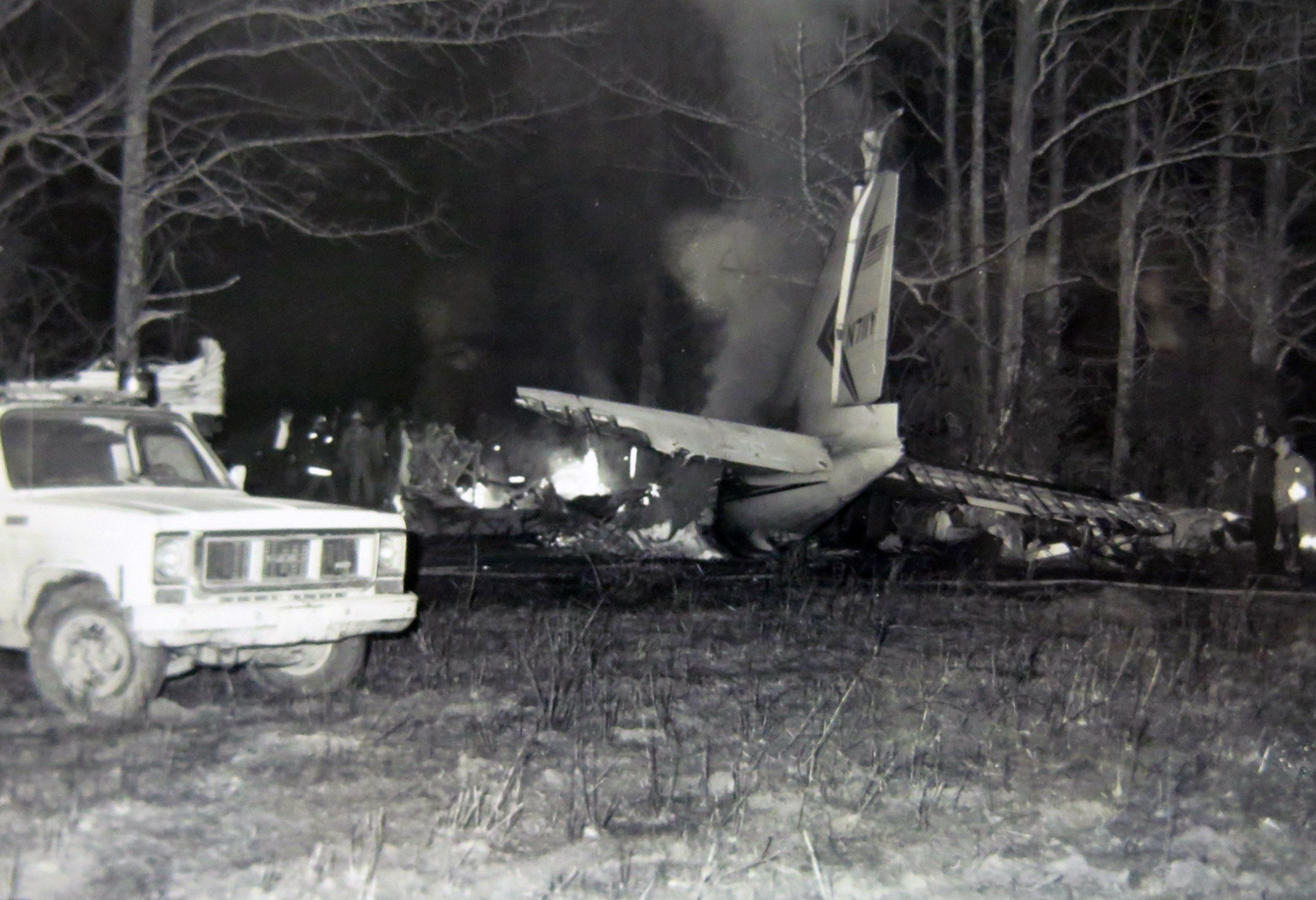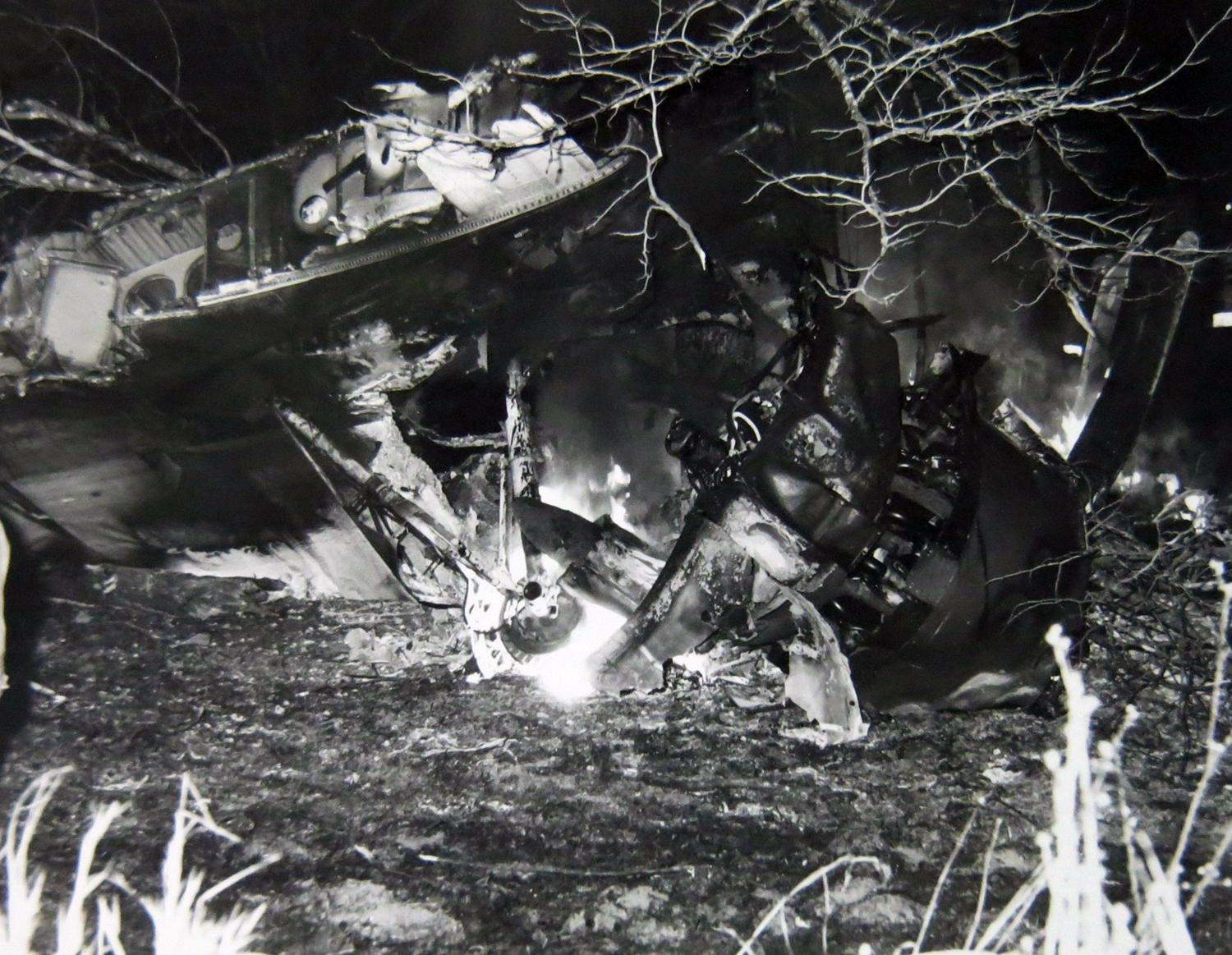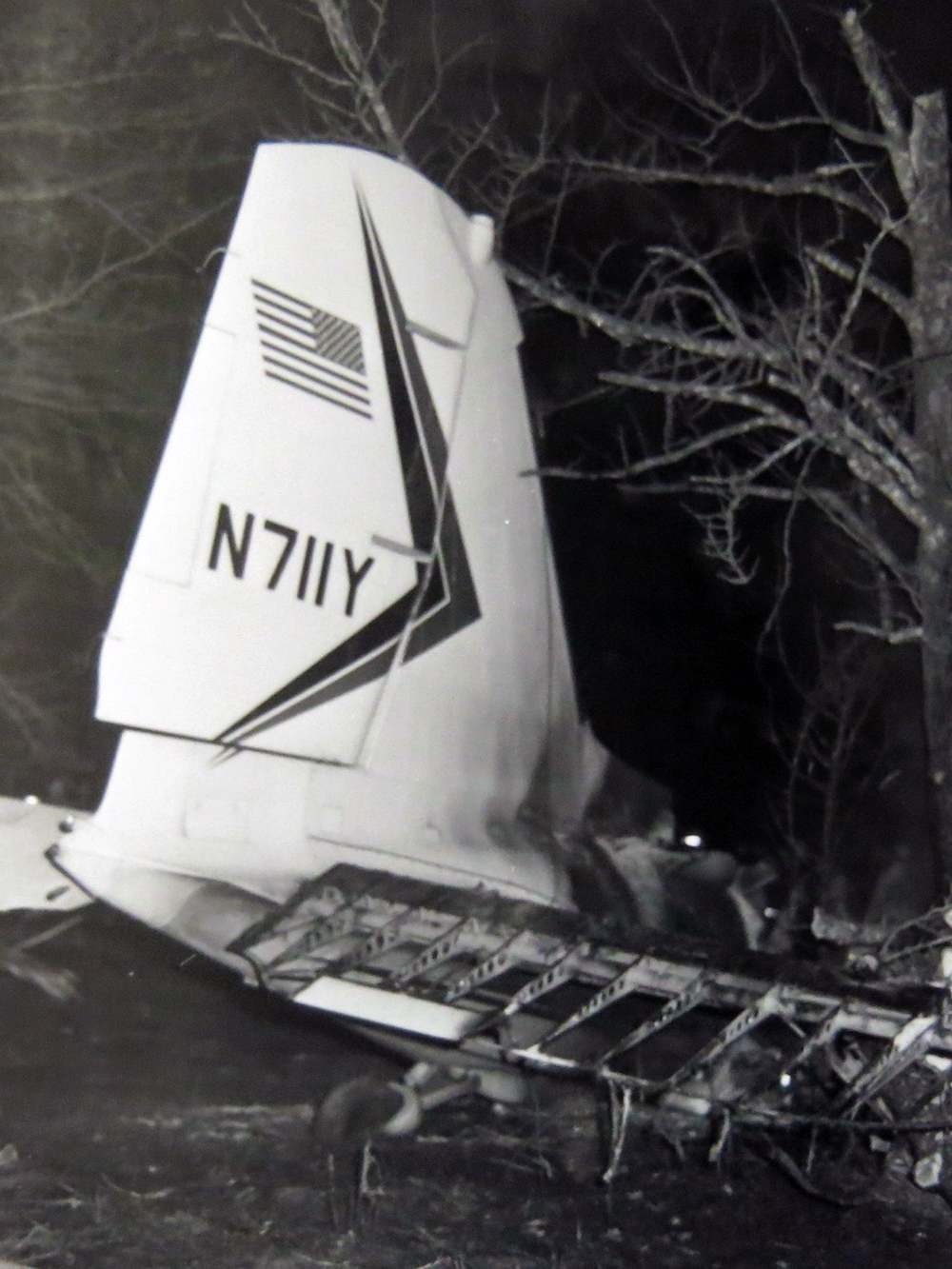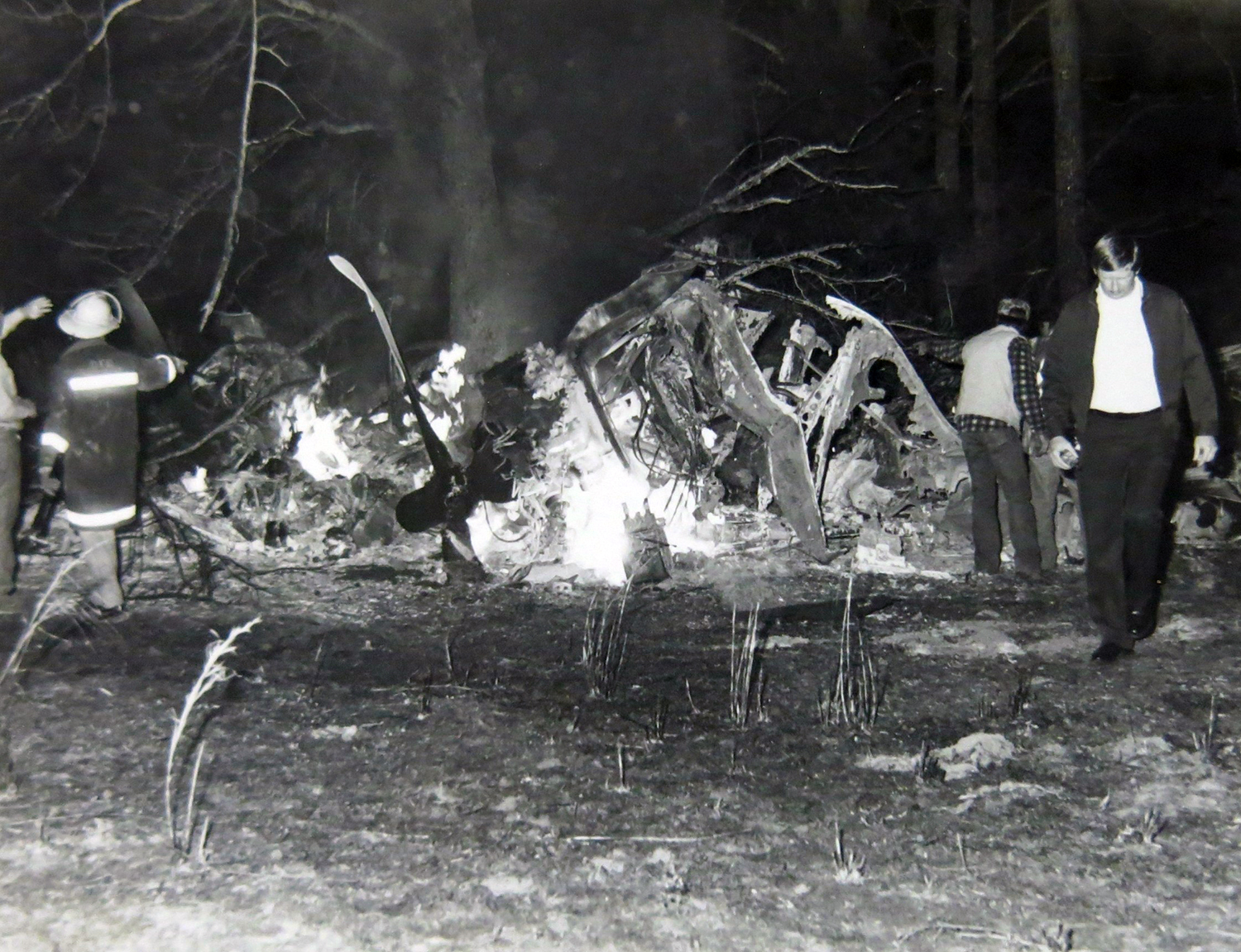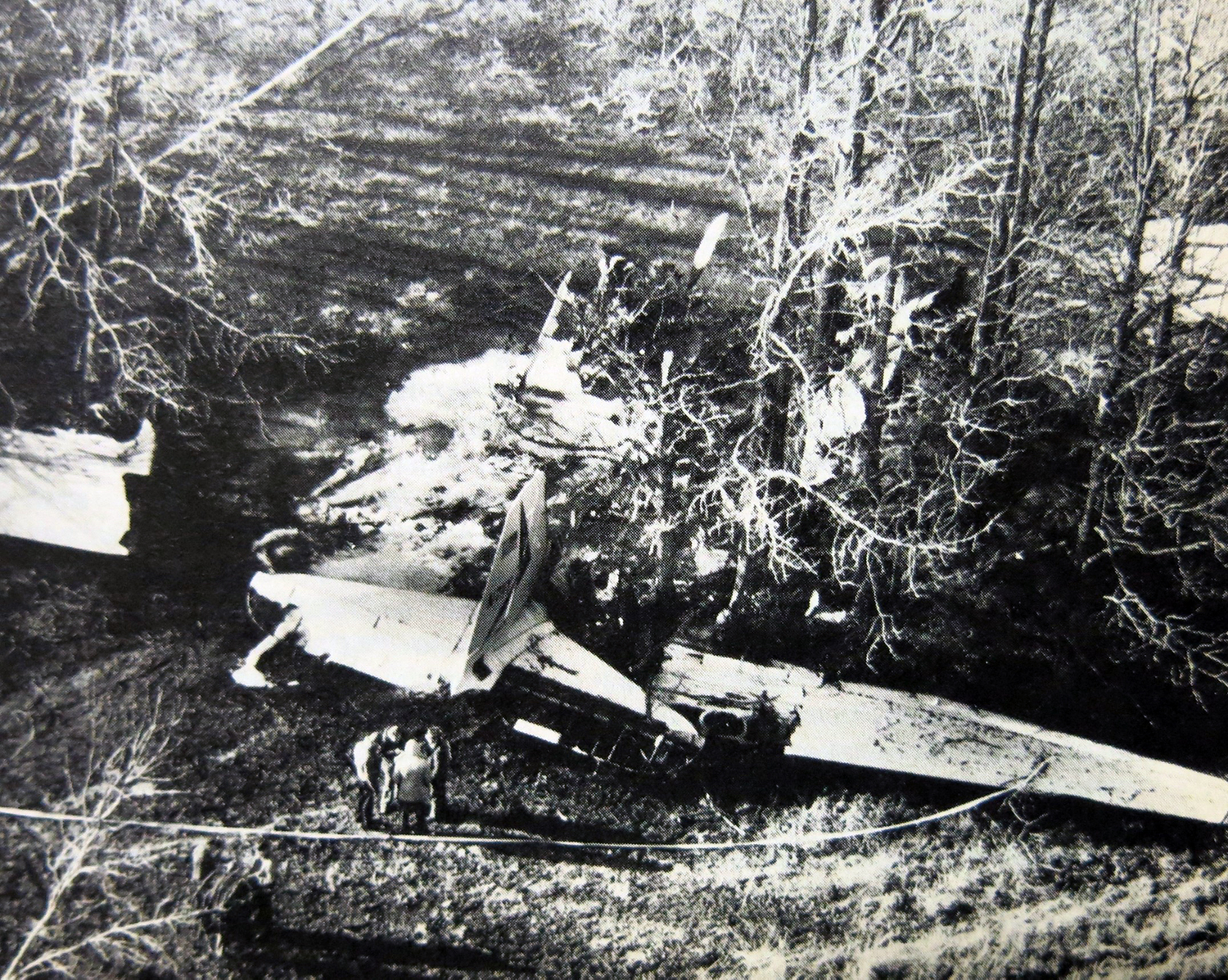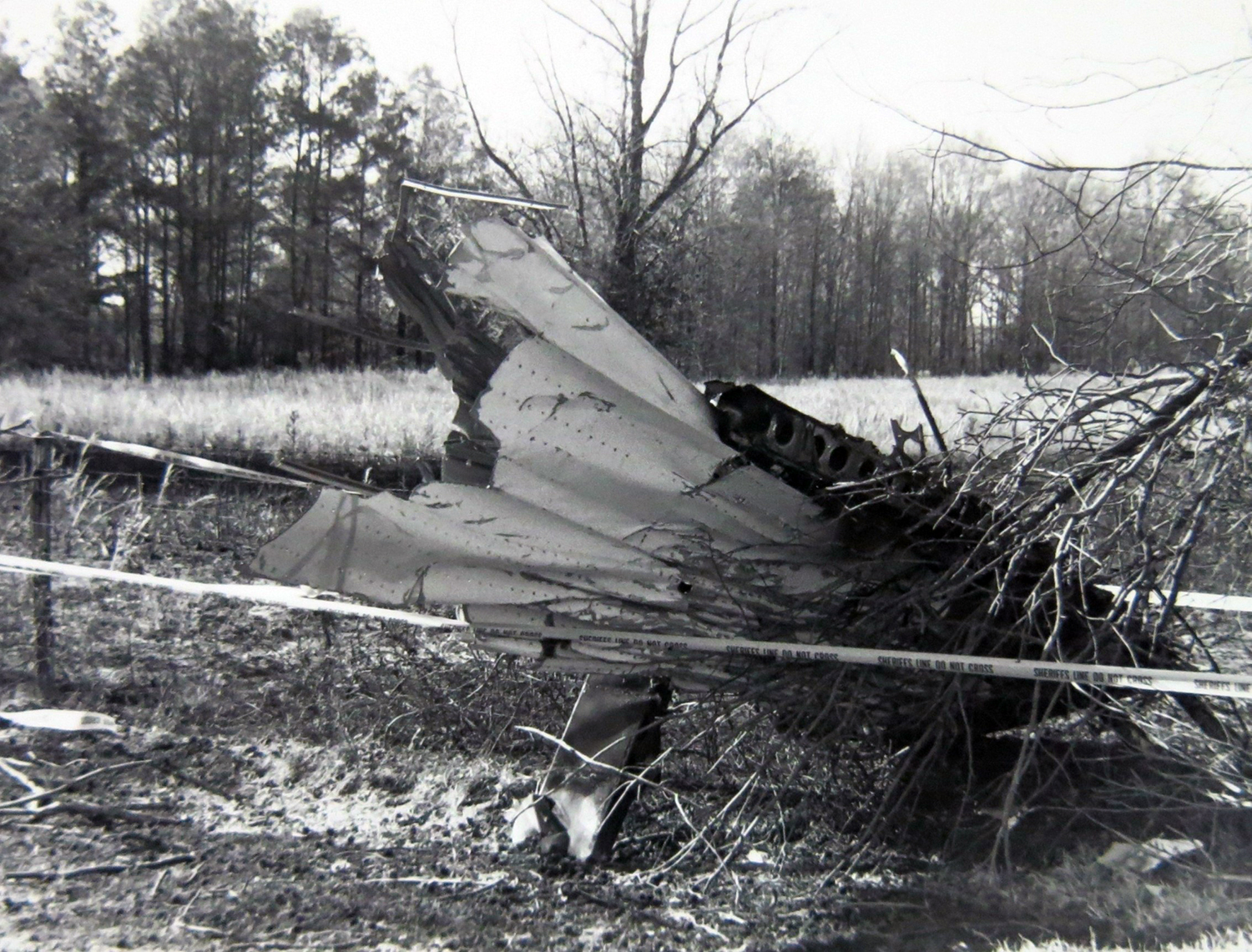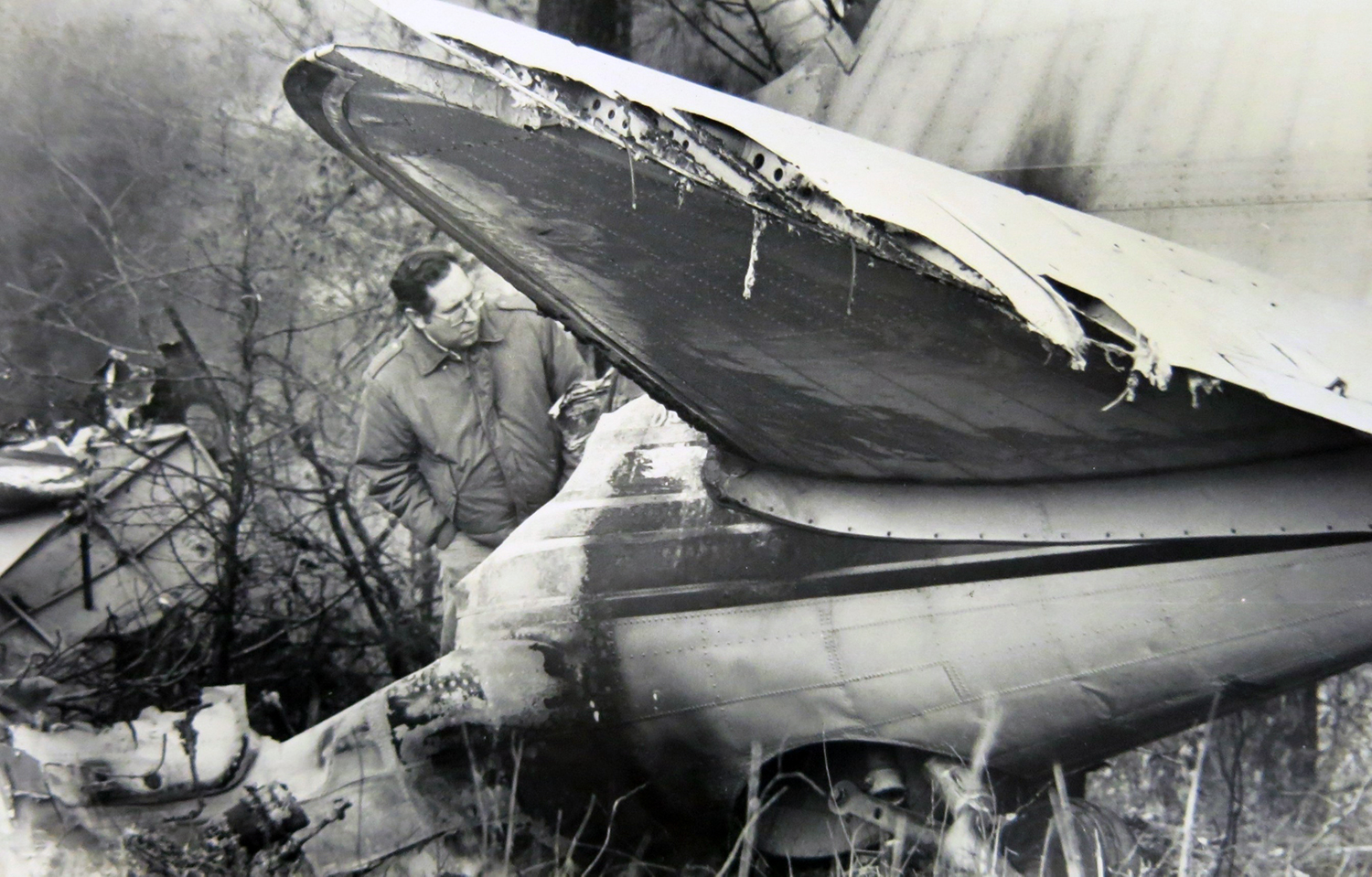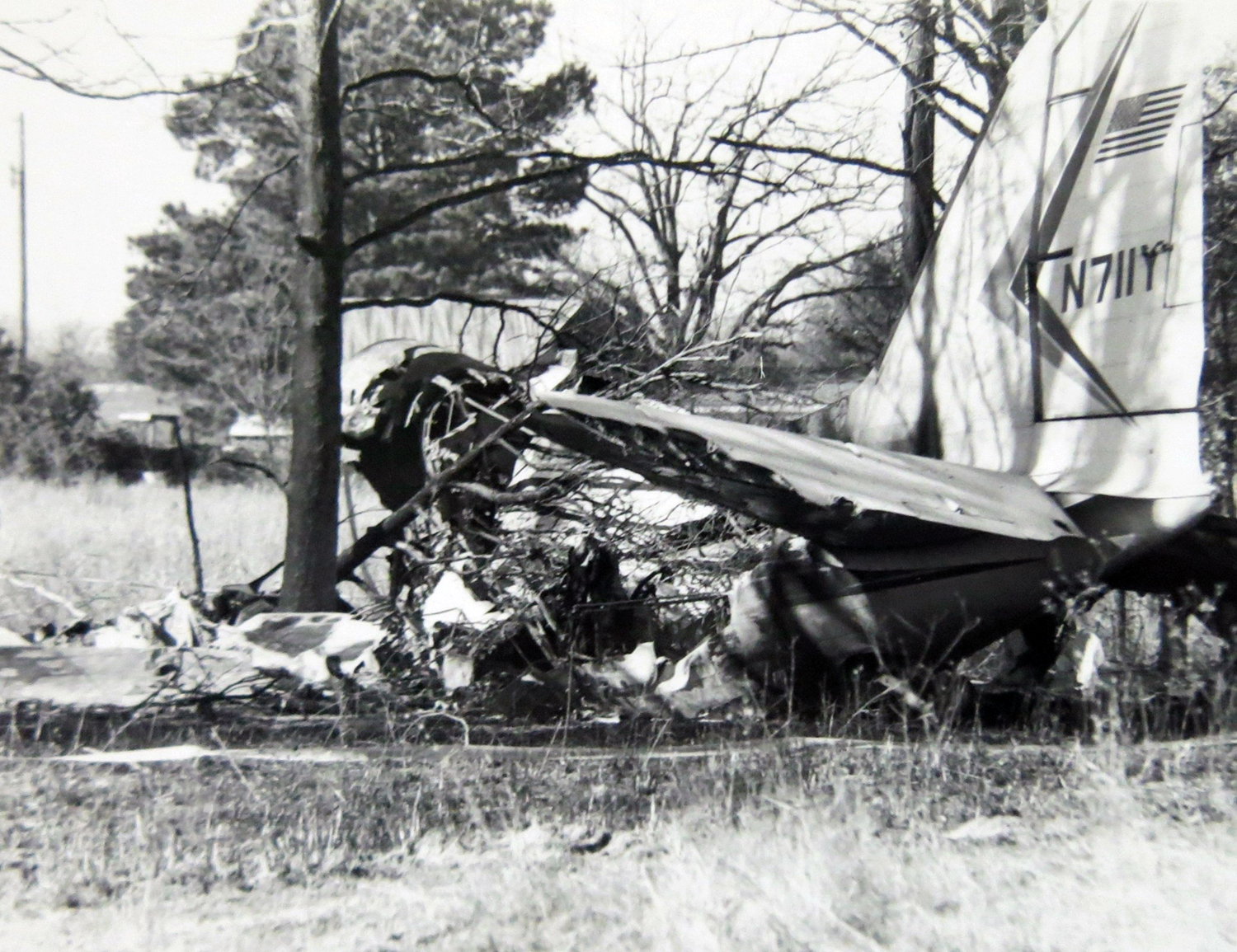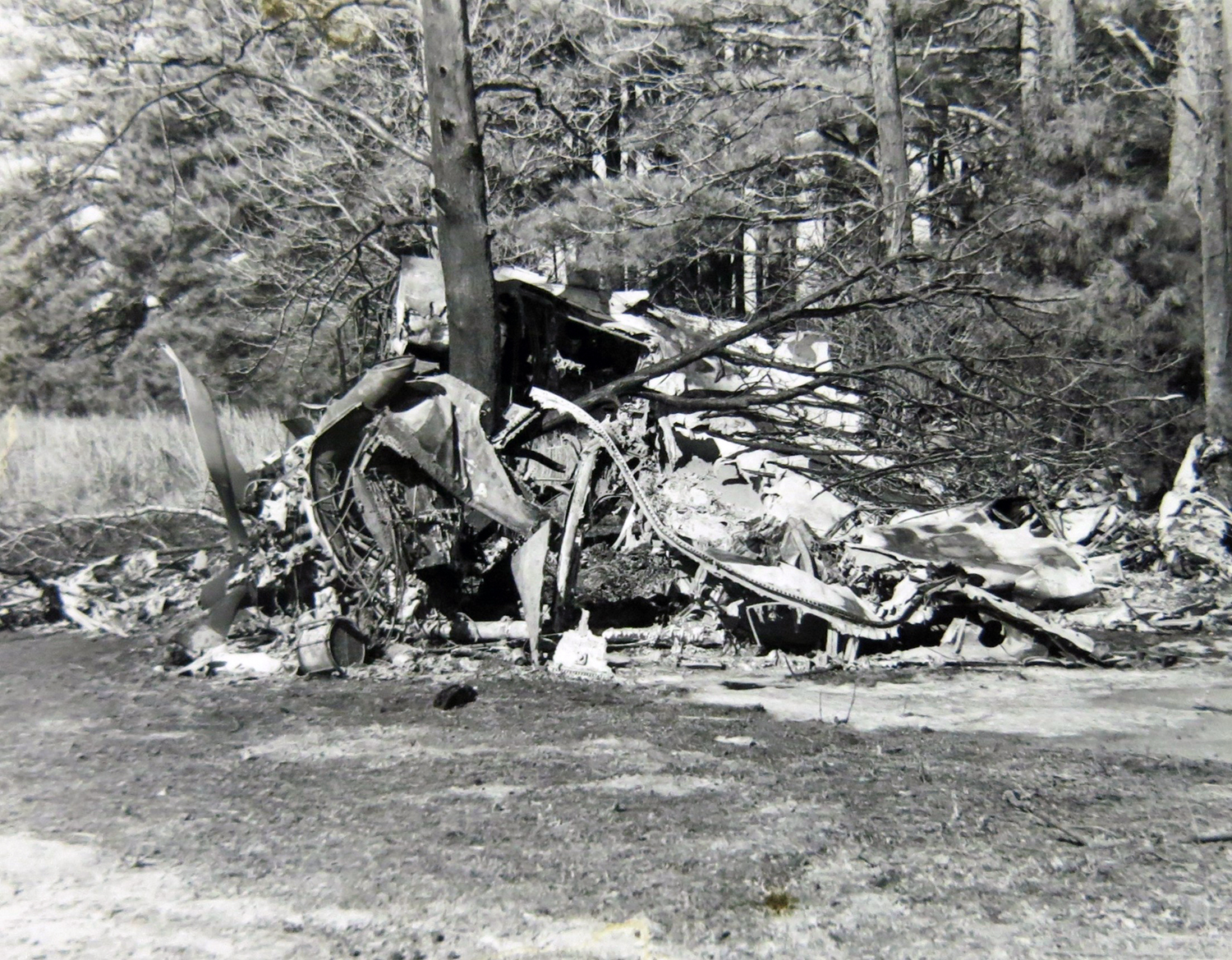Crash of a Piper PA-31T Cheyenne II in Jacksonville: 2 killed
Date & Time:
Jan 9, 1986 at 2126 LT
Registration:
N700CM
Survivors:
No
Schedule:
Hampton - Jacksonville
MSN:
31-7820007
YOM:
1978
Crew on board:
1
Crew fatalities:
Pax on board:
1
Pax fatalities:
Other fatalities:
Total fatalities:
2
Captain / Total hours on type:
100.00
Circumstances:
While being vectored for an ILS runway 07 approach, the pilot was told to maint 3,000 feet and advised he was following a Boeing 727. The minimum approach altitude before intercepting the ILS glide slope at the final approach fix/outer marker was 1,900 feet. As the aircraft was approaching the outer marker, the pilot was cleared for the approach and was handed off to the tower. After contacting the tower, the pilot was told to descend as published. At approximately that time, the tower controller and his supervisor discussed N700CM's altitude and proximity to the 727. The controller was going to discontinue the approach, but his supervisor suggested he wait and see if it would work out. Subsequently, N700CM crashed into trees approximately 5,800 feet short of the runway while descending in a wings level attitude. Radar data showed N700CM was well above the ILS glide slope when cleared for the approach. ATC procedures requested the aircraft to be below the glide slope before being cleared. Also, N700CM was approximately 2.57 miles behind the 727, but stayed well above the 727's flight path (and possible wake turbulence) until moments before impact. N700CM entered an excessive rate of descent before going below the glide slope. Both occupants were killed.
Probable cause:
Occurrence #1: in flight collision with object
Phase of operation: approach - faf/outer marker to threshold (ifr)
Findings
1. (f) weather condition - low ceiling
2. (f) weather condition - fog
3. (f) weather condition - rain
4. Radar separation - inadequate - atc personnel (dep/apch)
5. (f) instructions, written/verbal - improper - atc personnel (dep/apch)
6. (f) descent - delayed
7. (c) planned approach - improper use of - pilot in command
8. Missed approach - not issued - atc personnel (lcl/gnd/clnc)
9. (f) supervision - inadequate - atc personnel (supervisor)
10. (f) proper glidepath - not attained - pilot in command
11. (c) missed approach - not performed - pilot in command
12. (c) descent - excessive - pilot in command
13. (f) object - tree(s)
14. (c) decision height - improper use of - pilot in command
----------
Occurrence #2: in flight collision with terrain/water
Phase of operation: descent - uncontrolled
Phase of operation: approach - faf/outer marker to threshold (ifr)
Findings
1. (f) weather condition - low ceiling
2. (f) weather condition - fog
3. (f) weather condition - rain
4. Radar separation - inadequate - atc personnel (dep/apch)
5. (f) instructions, written/verbal - improper - atc personnel (dep/apch)
6. (f) descent - delayed
7. (c) planned approach - improper use of - pilot in command
8. Missed approach - not issued - atc personnel (lcl/gnd/clnc)
9. (f) supervision - inadequate - atc personnel (supervisor)
10. (f) proper glidepath - not attained - pilot in command
11. (c) missed approach - not performed - pilot in command
12. (c) descent - excessive - pilot in command
13. (f) object - tree(s)
14. (c) decision height - improper use of - pilot in command
----------
Occurrence #2: in flight collision with terrain/water
Phase of operation: descent - uncontrolled
Final Report:


